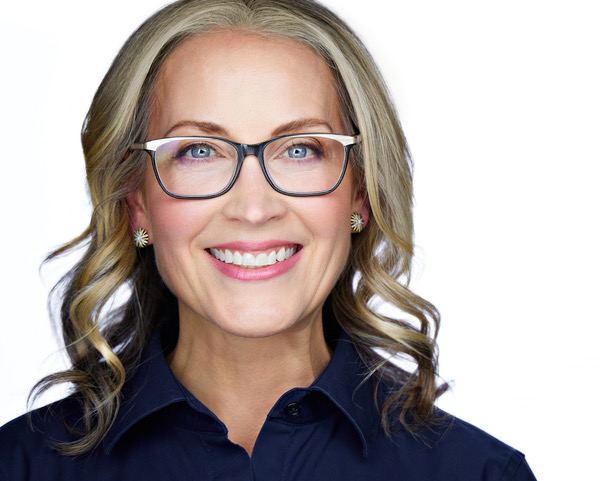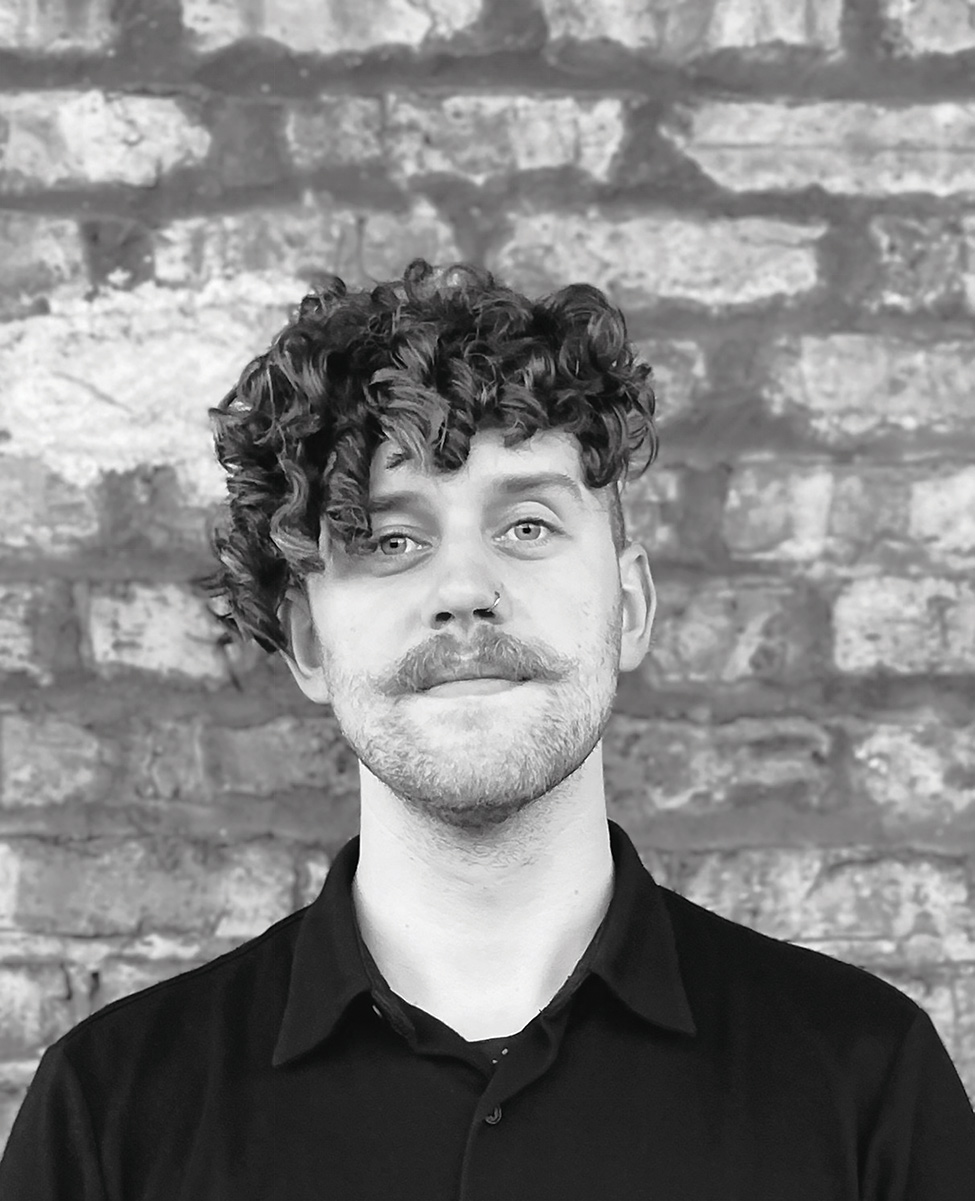An Interview with Smart Museum Director Alison Gass

Each week CGN interviews a local art dealer or arts professional to discuss the ins and outs of running an art program today.
This week we caught up with Alison Gass, Director of the Smart Museum of Art at the University of Chicago.
Age: 41
Current Position: Dana Feitler Director, Smart Museum at the University of Chicago
Hometown: Boston
Previous Occupation: Curator of Contemporary Art
Favorites from this week:
Restaurant: Mott St
Shop: Farfetch.com
Read: Alan Alda – I’ve been reading UChicago Professor Darby English’s newish book 1971: A Year in the Life of Color
Neighborhood: My husband and I are buying a major architectural renovation project in Printer’s Row and we’re very excited to move in there…hopefully a year from now!
Chicago Gallery News: Tell us about your art background and how you started with the Smart Museum of Art.
Alison Gass: I have been a curator of Contemporary art since 2005, working with many artists at several institutions. I became really hooked on university museums, and over the last few years I have taken on more administrative/leadership roles, leaving pure curatorial practice somewhat behind.
I was thrilled at the prospect of becoming the director of a great university museum in the city of Chicago. The University of Chicago has demonstrated such unparalleled commitment to the arts, and the City is seen globally as a thriving artistic hub. This felt like an incredibly exciting opportunity to help take the Smart into the next phase of its life and ensure it is an impactful, relevant and welcoming museum within the constellation of great museums in this city.
CGN: How do you sum up the museum’s mission in one sentence?
AG: The Smart Museum is a place for everyone to examine the world through the lens of art objects and artistic practice from all geographic regions and across all temporal moments.
CGN: Share a typical day in the life.
AG: My typical day is an exercise in work/life balance! My family -- husband Alec Hathaway and our two kids, Millie (8) and Gus (6) -- moved to Chicago this summer. We are still figuring out our new routines. Usually there is a crush of a morning routine getting everyone out of the house, so I feel like I’ve had a whole day before even getting to my office around 8:30am.
At the museum, I am working with an incredibly energetic staff to examine everything from how visitors are welcomed into the lobby of the Smart to how we install our museum collection and what kinds of exhibitions we want to put on the calendar in the coming years. We are really thinking about how to create a balance in the exhibitions program so that we are reflecting the interests and identities of the diverse publics who visit the Smart, from both the University community and the broader communities in Chicago. We consider the balance of historic vs. contemporary projects, with projects that reflect the specific academic life of the students and faculty and the projects that reflect the most critical global issues present in our daily lives.
CGN: What's the most exciting acquisition you have ever had?
AG: Part of my philosophy as a curator of contemporary art working in encyclopedic museums is that the best art of today often roots itself in art of the past, helping visitors to see through lines of artistic interest across time.
At Stanford University’s Cantor Arts Center I acquired a terrific Trevor Paglen photograph series of a motion study he did of a drone landing—an homage to [Eadweard] Muybridge. The Cantor has one of the largest collections of Muybridge, and Paglen continues the examination of vision mediated by technology in his photographic practice. He also deals with issues of privacy, one of the most pressing issues facing our technologically advancing world today. For me this represents the sweetest of sweet spots in an acquisition: an artist whose work asks us to think critically about our current moment, but also helps us look backwards across the history of art.
CGN: Any recent travel adventures?
AG: I had a great time trekking my kids through Germany to do the art pilgrimage from Documenta to the Munster Sculpture project this past summer, with a few stops for my architect husband to find remote buildings along the German countryside. We sweetened the deal for the kids with a stopover in London to see the Harry Potter Play—all in all, a good familial mix of cultural interests!
CGN: What do you want a young person to know who is considering becoming a curator or arts administrator?
AG: This is a passion career! I feel lucky everyday to be doing something that I think is important: sharing ideas through art. However jobs in curatorial practice or museum jobs in general can be few and far between, and I have been really lucky. I always advise people to do internships (paid!) and be willing to start in administrative roles. Stretch yourself continuously to do things “outside of your job description” for experience.
CGN: One piece of advice you would tell your younger self when starting out?
AG: Don’t worry so much about what’s next—live in the moment!
CGN: Favorite cultural pursuit outside of the art world?
AG: Restaurant research!
CGN: Favorite work of public art in Chicago?
AG: That’s easy! Christine Mehring, Chair of the Art History department at the University of Chicago, has brought Wolf Vostell’s Concrete Traffic to life for myself and countless others. This is a perfect example of the way art historians or curators can share their own knowledge in a way that makes your perspective shift on an object that at first glance may seem tough to understand. Everyone should come visit. It’s parked at the edge of the Ellis Garage on the University of Chicago Campus.
CGN: Check out CGN's feature on Concrete Traffic from summer 2016.
CGN: What are you working on next for the museum?
AG: I’m working on a major reinstallation of the museum’s permanent collection that will help us examine where we want to go with an eventual collections campaign. We are going to reinstall many of the museum’s galleries with works from our collection, along with loans of significant art from collectors connected to the University of Chicago and Chicago in general that will allow us to tell new stories with beloved objects. We’re thinking about how the addition of even a single work of art to a collection can offer new platforms for thinking and seeing differently.
CGN: What's the last Chicago restaurant you visited?
AG: Promontory, in Hyde Park—it’s my go-to when I have art world friends and colleagues from out of town come to visit the museum!
Alison Gass is the Director of the Smart Museum of Art at the University of Chicago. For more information about the museum please visit: Smart Museum of Art.






